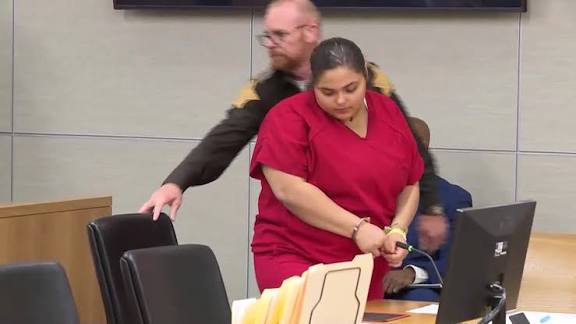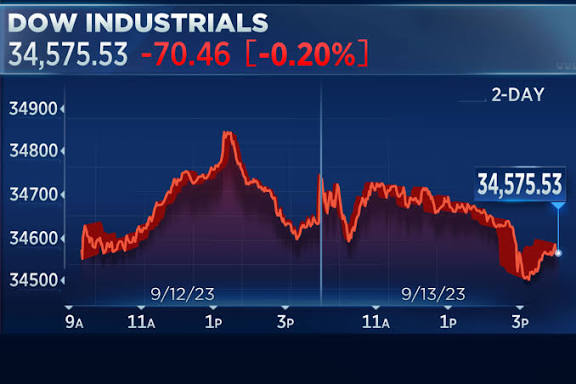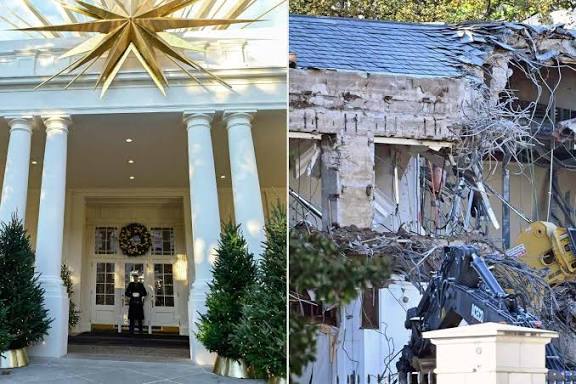Government shutdown 2025 next senate vote: again on the shutdown,Today update
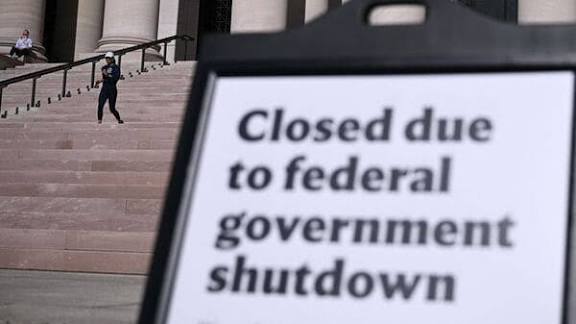
The Senate is voting today and the odds are rising against the funding bill passing again any time soo. Today we will discuss about Government shutdown 2025 next senate vote: again on the shutdown,Today update
Government shutdown 2025 next senate vote: again on the shutdown,Today update
The United States is facing one of its most consequential political impasses in recent memory — the 2025 federal government shutdown. The deadlock in Washington has stretched into its third week, making it the second-longest government shutdown in U.S. history. With hundreds of thousands of federal employees impacted and critical services disrupted, attention now turns to the next crucial Senate vote that could decide whether the government finally reopens or remains shuttered.
This comprehensive update explores how the shutdown began, what’s happening in Congress right now, what to expect from today’s Senate vote, and how this standoff affects ordinary Americans.
How the 2025 Shutdown Began
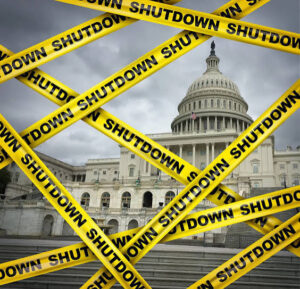
A government shutdown occurs when Congress fails to approve funding bills or a temporary measure known as a continuing resolution (CR). Without these, federal agencies lose legal authority to spend money, forcing them to furlough employees and suspend operations.
In 2025, the budget battle reached a boiling point as deep partisan divisions emerged between Senate Democrats and Republicans over spending priorities.
-
The Trigger: The government’s fiscal year ended without a funding agreement. While the House passed a short-term extension to keep agencies open, it stalled in the Senate, where 60 votes are required to advance most legislation.
-
The Breakdown: Repeated votes in the Senate failed, with Republicans unable to persuade enough Democrats to join them in supporting the House-passed bill.
-
The Stakes: The bill in question would have kept the government funded at current levels for several weeks, buying time for broader negotiations. However, Democrats refused to back it without key policy provisions, including extensions to health-care subsidies and child-care programs.
As the impasse deepened, federal funding lapsed, and the shutdown began — marking the start of a high-stakes standoff with far-reaching political and economic consequences.
The Political Divide
The 2025 shutdown reflects not only disagreements over spending but also a wider ideological battle in Washington.
-
Republican Position: GOP lawmakers, led by Senate Majority Leader John Thune, argue that the simplest way to reopen the government is to pass a “clean” continuing resolution — one without policy add-ons or partisan riders. They maintain that Democrats are using the shutdown as leverage to extract unrelated policy wins.
-
Democratic Position: Democrats, under Senate Minority Leader Chuck Schumer, counter that the House bill fails to address critical needs, including healthcare affordability and funding for key domestic programs. They insist that Republicans are prioritizing political optics over real solutions.
-
The White House Stance: The administration has urged Congress to act swiftly, warning that prolonged shutdowns harm the economy and national security. However, it has stopped short of endorsing either side’s bill outright, signaling that both parties must compromise.
This entrenched polarization has made it nearly impossible to reach the 60-vote threshold required in the Senate to advance the funding bill.
The Current Status: Day 23 of the Shutdown
As of October 23, 2025, the federal government has been partially closed for over three weeks. Essential workers such as air-traffic controllers, TSA agents, and Border Patrol officers continue to work without pay. Non-essential employees are furloughed, awaiting a resolution.
The Senate has now held twelve failed votes on measures to fund the government. Each time, the result has been nearly identical: a majority in favor, but short of the 60 votes needed to overcome a filibuster.
Today’s vote represents the thirteenth attempt — a symbolic and potentially decisive moment in a stalemate that has already tested the patience of millions of Americans.
What’s in the Next Senate Vote
The Senate is set to vote on a Republican-sponsored continuing resolution designed to reopen the government temporarily while longer-term negotiations continue. The measure would:
-
Extend funding for federal agencies through mid-November.
-
Maintain spending at existing levels, avoiding any immediate increases or cuts.
-
Include provisions to pay federal workers retroactively once the shutdown ends.
In addition to this main bill, senators are also considering narrower proposals such as the “Shutdown Fairness Act,” which would ensure pay for essential employees currently working without compensation.
What Happens If the Bill Passes
If the measure garners 60 votes, it will advance to final passage in the Senate. From there, it would move back to the House of Representatives for approval before going to the President for signature. The government could reopen within days.
What Happens If It Fails
If the bill once again falls short of 60 votes, the shutdown will continue indefinitely. That outcome would likely intensify political pressure on both parties and raise the risk of economic fallout as the impasse drags on.
Key Figures Shaping the Vote
-
John Thune (R-South Dakota): As Senate Majority Leader, Thune has spearheaded Republican efforts to reopen the government through a clean funding bill.
-
Chuck Schumer (D-New York): The Democratic leader is pushing for a broader funding package that includes healthcare and social policy measures.
-
Moderate Senators: A small number of centrist lawmakers, such as those from battleground states, hold the balance of power. Their votes will likely determine whether the bill crosses the 60-vote threshold.
-
The House Leadership: The House has already passed the GOP-backed funding measure, but without Senate cooperation, it cannot take effect.
-
The President: The administration’s public messaging focuses on urging Congress to act while preparing contingency plans to minimize disruption.
The Procedural Hurdles
Even if a majority of senators agree to reopen the government, procedural rules create additional obstacles:
-
Filibuster Rule: Most major legislation requires 60 votes to advance. Without this supermajority, even a simple majority vote cannot end debate or move to final passage.
-
Sequential Voting: The Senate must first vote on cloture (ending debate) before voting on the bill itself, meaning there are often multiple votes on the same measure.
-
House Coordination: Any Senate-passed bill must also clear the House, where divisions within the Republican caucus could complicate passage.
-
Time Constraints: Each failed vote consumes valuable floor time, prolonging the shutdown and reducing flexibility for other legislative priorities.
Economic and Social Impacts
Federal Workforce
Hundreds of thousands of federal employees have gone without pay for weeks. Essential personnel — including border agents, air-traffic controllers, and federal law enforcement — continue to work under growing financial strain. Many have begun relying on food banks or short-term loans to get by.
Public Services
Key government services have been slowed or suspended:
-
Passport and visa processing delays are mounting.
-
National parks and museums have closed or reduced hours.
-
Small Business Administration loans are on hold.
-
Food assistance programs are experiencing disruptions in some states.
Economic Ripple Effects
Economists estimate that each week of a prolonged shutdown costs the U.S. economy billions in lost productivity. Federal contractors face delayed payments, consumer confidence dips, and the overall GDP growth rate could take a noticeable hit if the stalemate persists.
Broader Consequences
A prolonged shutdown can damage U.S. credit ratings, slow economic recovery, and undermine global confidence in American governance. The national debt — already above $38 trillion — continues to climb, compounding fiscal pressures.
The Political Fallout
Public frustration is mounting as both parties trade blame.
-
Republicans accuse Democrats of playing politics with workers’ livelihoods by blocking the continuing resolution.
-
Democrats claim Republicans engineered the crisis by refusing to negotiate on critical social priorities.
Polls suggest that Americans are increasingly impatient, with trust in Congress falling to record lows. The longer the shutdown continues, the more both parties risk alienating moderate voters ahead of the 2026 midterm elections.
Possible Paths Forward
1. A Clean Continuing Resolution Passes
If enough Democrats cross the aisle today, the Senate could advance the bill, reopen the government, and send it to the House for quick passage. This would provide temporary relief while broader negotiations continue into November.
2. Another Failed Vote
If the vote fails again, the shutdown will continue indefinitely. Lawmakers could return to the table to craft a new deal, but each day of inaction increases economic costs and political damage.
3. A Targeted or “Mini-Deal” Approach
Some lawmakers favor passing smaller, targeted bills to fund critical services — for example, paying air-traffic controllers, veterans’ programs, or national security functions — while broader talks proceed. While this could ease pressure on certain sectors, it would leave many agencies unfunded and prolong uncertainty.
4. A Bipartisan Compromise
Behind closed doors, some senators are discussing a bipartisan proposal that pairs short-term funding with limited policy concessions. Such a compromise could attract the necessary 60 votes if party leaders agree to soften their stances.
What to Watch Today
As the Senate convenes for its latest vote, here are the key signs to monitor:
-
The Vote Count: Previous tallies failed by narrow margins, with around 54 votes in favor. The big question is whether more Democrats join Republicans this time.
-
Senators Who Switch Sides: Moderate Democrats from swing states are under intense pressure to end the shutdown; even a few flips could be decisive.
-
Competing Amendments: Democrats may introduce an alternative funding bill that includes additional policy provisions, testing whether Republicans are open to compromise.
-
House Reaction: If the Senate passes the bill, the House must reconvene quickly to send it to the President’s desk.
-
Public Messaging: Both parties will rush to control the narrative — portraying themselves as champions of working Americans while blaming the other side for gridlock.
The Human Toll
Beyond Capitol Hill, the shutdown’s effects are tangible and deeply personal.
-
Families of federal workers are struggling to pay rent and mortgages.
-
Small businesses that rely on government contracts are laying off employees.
-
Travelers are facing longer airport lines as TSA staff shortages grow.
-
Veterans waiting on claims or healthcare appointments are experiencing delays.
-
State and local governments are stepping in to fill service gaps, but their resources are limited.
The frustration is palpable. Every day that passes without a resolution deepens financial insecurity and erodes public faith in government institutions.
The Larger Lesson
The 2025 shutdown has become more than a budget dispute — it’s a test of the U.S. political system’s capacity to function in an era of extreme polarization. Repeated failures to pass basic funding legislation signal systemic dysfunction.
Analysts warn that unless Congress reforms its budget process — perhaps by adjusting filibuster rules or establishing automatic continuing resolutions — future shutdowns will remain a recurring threat.
At its core, this crisis underscores how partisan brinkmanship can paralyze governance and harm citizens far removed from the halls of power.
Outlook: What Happens Next
As senators head into today’s vote, several outcomes are possible:
-
Best-case scenario: The Senate clears the 60-vote hurdle, the House acts swiftly, and the President signs the measure within days. Federal workers get back pay, agencies resume operations, and the economy stabilizes.
-
Worst-case scenario: The vote fails again, forcing extended negotiations and potentially pushing the shutdown into November or beyond.
-
Middle ground: A short-term “mini-deal” provides limited relief but leaves key disputes unresolved.
Whatever happens, one truth remains: the longer the shutdown drags on, the higher the cost — both economically and politically.
Conclusion
The 2025 government shutdown has evolved into a defining moment for American governance. With the Senate preparing for another critical vote, the outcome will determine not only when the government reopens but also how much trust the public retains in its leaders.
This crisis is more than a clash of budgets; it is a confrontation over priorities, power, and political responsibility. Millions of Americans — from unpaid federal employees to small business owners — are waiting for lawmakers to do what most expect of them: govern responsibly.
As the nation watches the Senate floor today, one question looms large: Will Congress finally find a way to put citizens above politics?
Until that answer comes, the United States remains partially closed — a stark reminder of how fragile governance becomes when compromise gives way to confrontation.
How useful was this post?
Click on a star to rate it!
Average rating 0 / 5. Vote count: 0
No votes so far! Be the first to rate this post.
About the Author
usa5911.com
Administrator
Hi, I’m Gurdeep Singh, a professional content writer from India with over 3 years of experience in the field. I specialize in covering U.S. politics, delivering timely and engaging content tailored specifically for an American audience. Along with my dedicated team, we track and report on all the latest political trends, news, and in-depth analysis shaping the United States today. Our goal is to provide clear, factual, and compelling content that keeps readers informed and engaged with the ever-changing political landscape.

